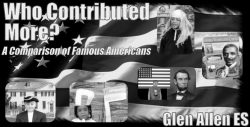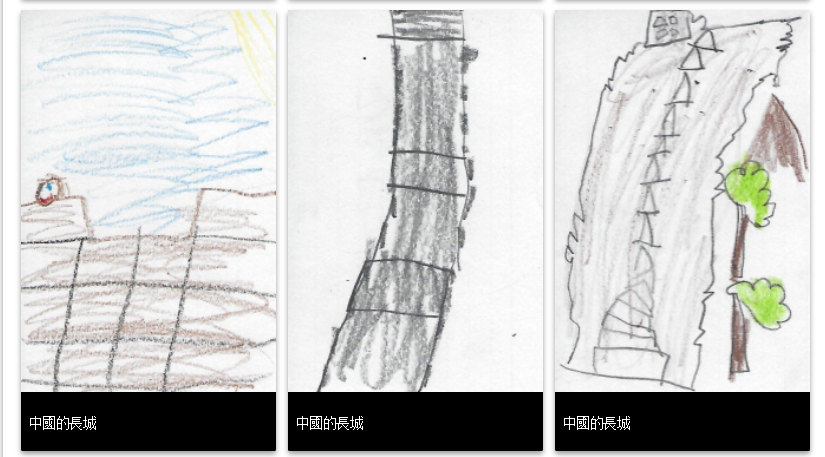Teacher(s) Name: Ms. Stoner, Mrs. Degenhardt, Mrs. Chivily, Mrs. Buehler, and Ms. Hampton
School: Glen Allen ES
Grade Level(s): Grade 1
Content Area(s): Social Studies
Lesson Summary
First grade students learned about each of the 5 famous Americans in class. Then each class was given one famous American to research further. Classes worked in small groups focusing on specific contributions of their famous American. Groups planned, researched, and then created presentations using a variety of resources. The final presentation was videotaped and shared with other first grade classes in Henrico. Those classes watched the presentation and voted on the famous American who made the most significant contributions to our country.
TIPC Ratings
Research & Information Fluency
Rating:Developing – Explanation: Students used search techniques demonstrated by the teacher, responded to the assignment, and analyzed information to select specific facts for their portion of the project.
Communication & Collaboration
Rating: Ideal – Explanation: Students worked in self-selected groups to research, plan, choose roles, and perform their portion of the project. They used digital tools including Epic, BrainPop, Jr., Duck, Duck, Go, and Pebble Go, and closely monitored Google search, along with print text, to determine which information to include in presentations. We reached beyond our classroom by sending the finished product was sent out to other schools, and the public through a Google Site,to allow other first grade classes to view and vote on our presentations, in determining the most influential famous American of the 5 presented.
Critical Thinking & Problem Solving
Rating: Developing – Explanation: Students used direct instruction from their teachers to respond to high level questions and problem solve within their groups.
Creativity & Innovation
Rating: Ideal – Explanation: Students worked on their famous American assignments with print and digital resources. Students had to summarize what they learned and generated additional questions they wished to research. Students created backgrounds by drawing on paper, selecting a photo, or making a digital picture using Doodle Buddy or Pixie. Some students made props, wrote acrostic poems, planned skits, and constructed models.





